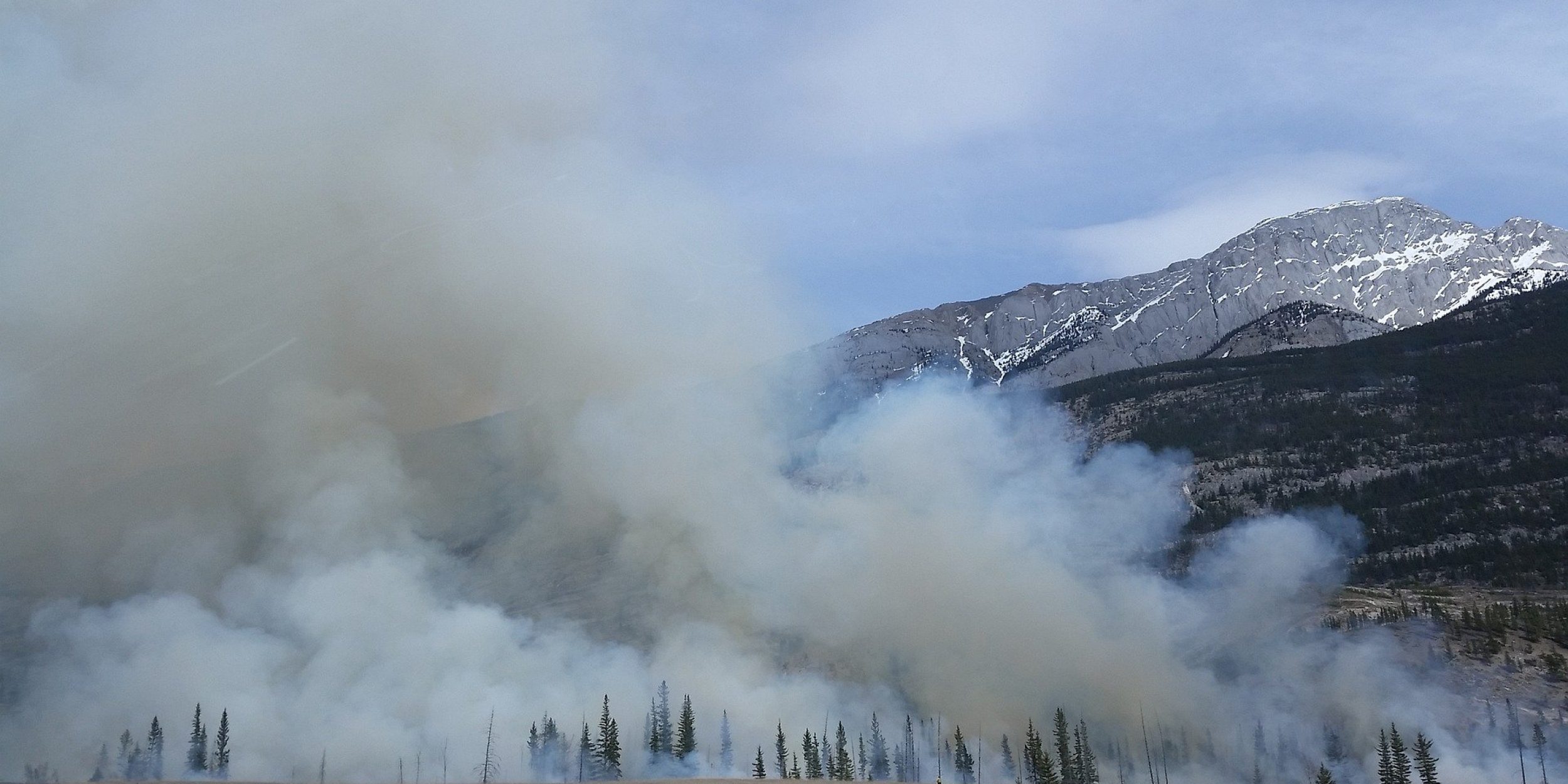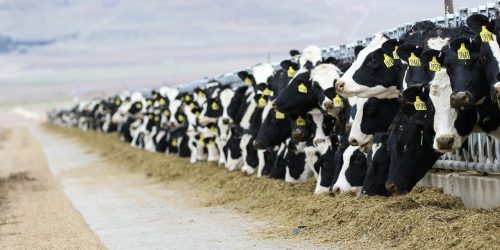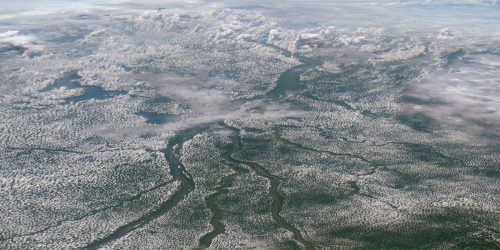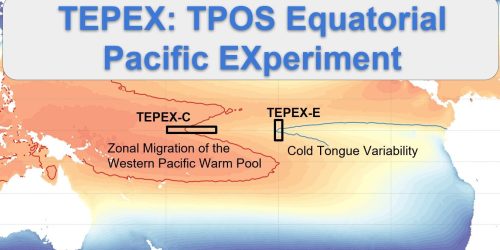As the frequency of large wildfires increases in the western US, smoke plumes are increasingly contributing to poor air quality for some regions. Wildfire smoke contains a mixture of many different gases and particles, including nitrogen compounds such as ammonia and nitrogen oxides. Reactive nitrogen, which is a specific category of nitrogen compounds, plays an important role in smoke plumes associated with the production of harmful atmospheric compounds such as ozone as well as the unwanted deposition of fixed nitrogen, like ammonia, to downwind ecosystems. A large team of researchers from institutions and agencies across the western US participated in the Western Wildfire Experiment for Cloud Chemistry (WE-CAN) field campaign, which sampled smoke from 23 wildfires throughout the wester US during summer 2018 via aircraft. The research team, funded in part by CPO’s Atmospheric Chemistry, Carbon Cycle, & Climate (AC4) program, sampled and analyzed the most abundant nitrogen compounds in smoke. They found that the wildfire smoke plumes emitted more of one type of nitrogen (reduced, where the compound loses oxygen) than another (oxidized, where the compound gains oxygen) and that chemical reactions quickly change the form and phase of the nitrogen compounds within minutes of emission. Each wildfire behaves differently and the multiple smoke samples allowed the researchers to explore the variations in the dominant forms of reactive nitrogen between fires and match those observations to differences in fire fuel and combustion properties. This analysis, along with comparing their field measurements to lab measurements, will work together to enable the team to improve forecasts of how and where wildfire smoke will impact air quality. Their work is published in the Journal of Geophysical Research: Atmospheres.
Aircraft Measurements of Nitrogen May Lead to a Better Understanding of Wildfire Smoke and Air Quality











